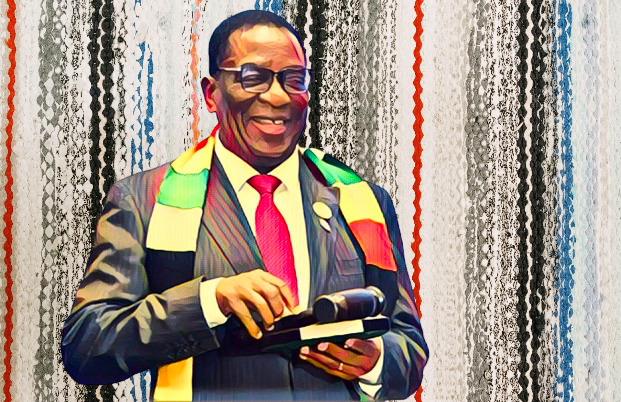President Emmerson Mnangagwa presided over a significant ground-breaking ceremony in Harare, Zimbabwe. At the ceremony, he inaugurated the Sadc Liberation Square at the Museum of African Liberation. This event marked an important step in commemorating Africa’s history of struggle against colonialism and reinforcing the spirit of Pan-Africanism.
In his address, President Mnangagwa emphasized the importance of the Museum of African Liberation as a “continental project” that goes beyond Zimbabwe’s borders. He described the museum as a symbol of the continent’s shared history and a testament to the enduring spirit of Pan-Africanism, a philosophy that champions African unity and self-determination.
The Museum of African Liberation is envisioned as a repository of Africa’s rich history, chronicling the continent’s journey from colonization to independence. President Mnangagwa expressed Zimbabwe’s pride in hosting such a significant institution, which he believes will serve as a vital resource for both present and future generations. “Zimbabwe remains inspired by our collective national history and the spirit of Pan-Africanism,” Mnangagwa declared, highlighting the nation’s commitment to preserving and promoting African heritage.
Mnangagwa acknowledged the critical role played by the Southern African Development Community (Sadc) in supporting the museum’s establishment and securing its official endorsement from the African Union. This endorsement underscores the museum’s importance as a Pan-African initiative, with the potential to foster a deeper understanding of the continent’s history among all African nations.
The museum, spearheaded by the Institute of African Knowledge (INSTAK), aims to institutionalize African narratives and perspectives on decolonization. Mnangagwa stressed the need to “set the record straight,” urging that African history must be accurately represented to avoid future generations being misled by falsified accounts. “Otherwise, history will judge our generation harshly for having watched, with disinterest, while our history is falsified,” he warned.
The Sadc Liberation Square, a designated area where each Sadc member state can erect a monument honoring their fight against colonialism, is one of the main attractions of the museum. The significance of these liberation struggles was emphasized by Mnangagwa, who stated that they are still “invaluable and ingrained in our soul at national and regional levels.” The sacrifices made by African nations in the quest for freedom and independence will be painfully brought to memory by these monuments.
During the ceremony, President Mnangagwa paid special tribute to the Frontline States, whose political and economic support was crucial in the liberation of Zimbabwe and other African nations. He also recognized the invaluable contributions of international allies, including the People’s Republic of China and the Russian Federation, then known as the USSR. “We are forever indebted to you all and shall never forget that history,” Mnangagwa stated, acknowledging the global solidarity that supported Africa’s liberation movements.
In a symbolic gesture, President Mnangagwa officially handed over a hectare of land for the Sadc Liberation Square to Tanzanian President Samia Hassan. President Hassan, who recently assumed the role of chairperson of Sadc’s Organ on Politics, Defence, and Security, accepted the land on behalf of the Sadc member states. The site, chosen for its strategic location overlooking Zimbabwe’s National Heroes Acre, carries deep symbolic significance, representing the unity and strength of the Sadc region.
Following the ground-breaking ceremony, Sadc Executive Secretary Elias Magosi planted a tree at the site, aptly named the Sadc Tree. This tree symbolizes the unity, growth, and resilience of the Sadc region as it continues to build on the legacy of its liberation struggles.


